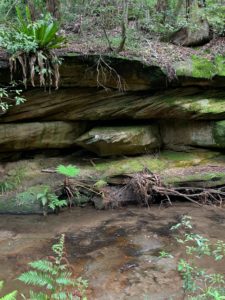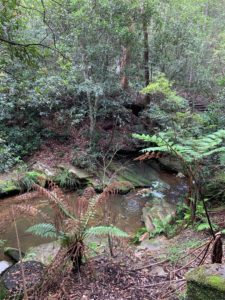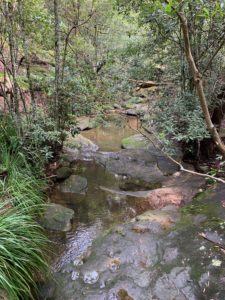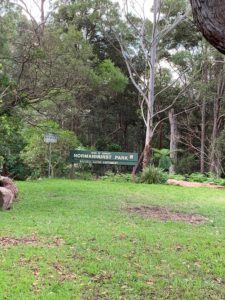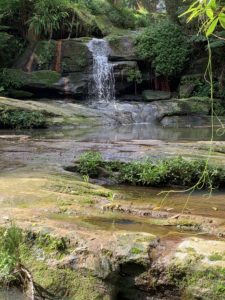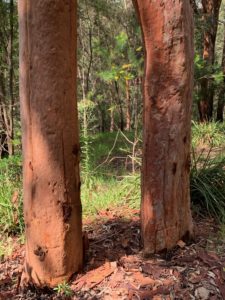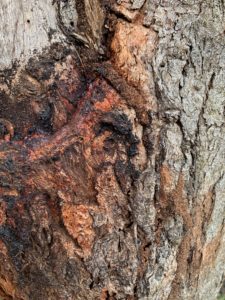

Hildegard of Bingen envisioned a time when human activities would harm our Mother Earth. “The earth sustains humanity,” she wrote. “It must not be injured; it must not be destroyed.”
Hildegard further writes, “The earth is the Mother of all, for contained in her are the seeds of all.” She recognised and revered the notion that we are one with everything in our living, breathing, glorious universe.
Reading Hildegard of Bingen: A poetic journey, at this time is highly recommended as a foil for fear and anxiety at this time of crisis and as very relevant today for Earth Day after the devastation our earth has suffered.
Hildegard of Bingen is called the founder of the environmental movement. She is an early eco-warrior aware of the need to care for the earth and for how it gives us all we need.
Hildegard spoke of how we are one and part with the earth how we are interconnected and interdependent on each other.
Earth Day is slipping past this 2020 with all the concern on covid -19 and with the call for physical distancing meaning it is not possible for much promotion.
Hildegard von Bingen lived in the 12th century, during a time when there was no inkling of the devastation, destruction and pollution that humans would wreak on our planet. She cherished the natural world around her. She lived in a veritable garden of Eden, surrounded by verdant forests, fertile river valleys, and the clear running waters of the Rhine, Nahe, and Glan rivers.


Finally a beautiful poem by Hildegard:
I am the one whose praise echoes on high.
I adorn all the earth.
I am the breeze that nurtures all things green.
I encourage blossoms to flourish with ripening fruits.
I am led by the spirit to feed the purest streams.
I am the rain coming from the dew.
That causes the grasses to laugh with the joy of life.
I call forth tears, the aroma of holy work.
I am the yearning for good.
taken from a wonderful website set up by Sarah Riehm a devotee of Hildegard or one of our family of Hildegardians who speaks of and about Hildegard with a gentle mixture of very scholarly research and with a voice of Hildegard accessible for us in the 21st century. . .how I like to think Hildegard would be writing and speaking for us today
In Hildegard of Bingen: A poetic journey I have Hildegard saying these words at different times including in the poem Viriditas. But it is beautiful to see it as a poem by Hildegard.
Sarah Riehm, Curator
 go
go
























 Hildegard always writes and speaks about the interconnectivity of all things
Hildegard always writes and speaks about the interconnectivity of all things
 There is still a lot of track we have to discover but today we just wandered along on the high track overlooking the creek and listening to the song of the water falling and running along as a small creek.
There is still a lot of track we have to discover but today we just wandered along on the high track overlooking the creek and listening to the song of the water falling and running along as a small creek.